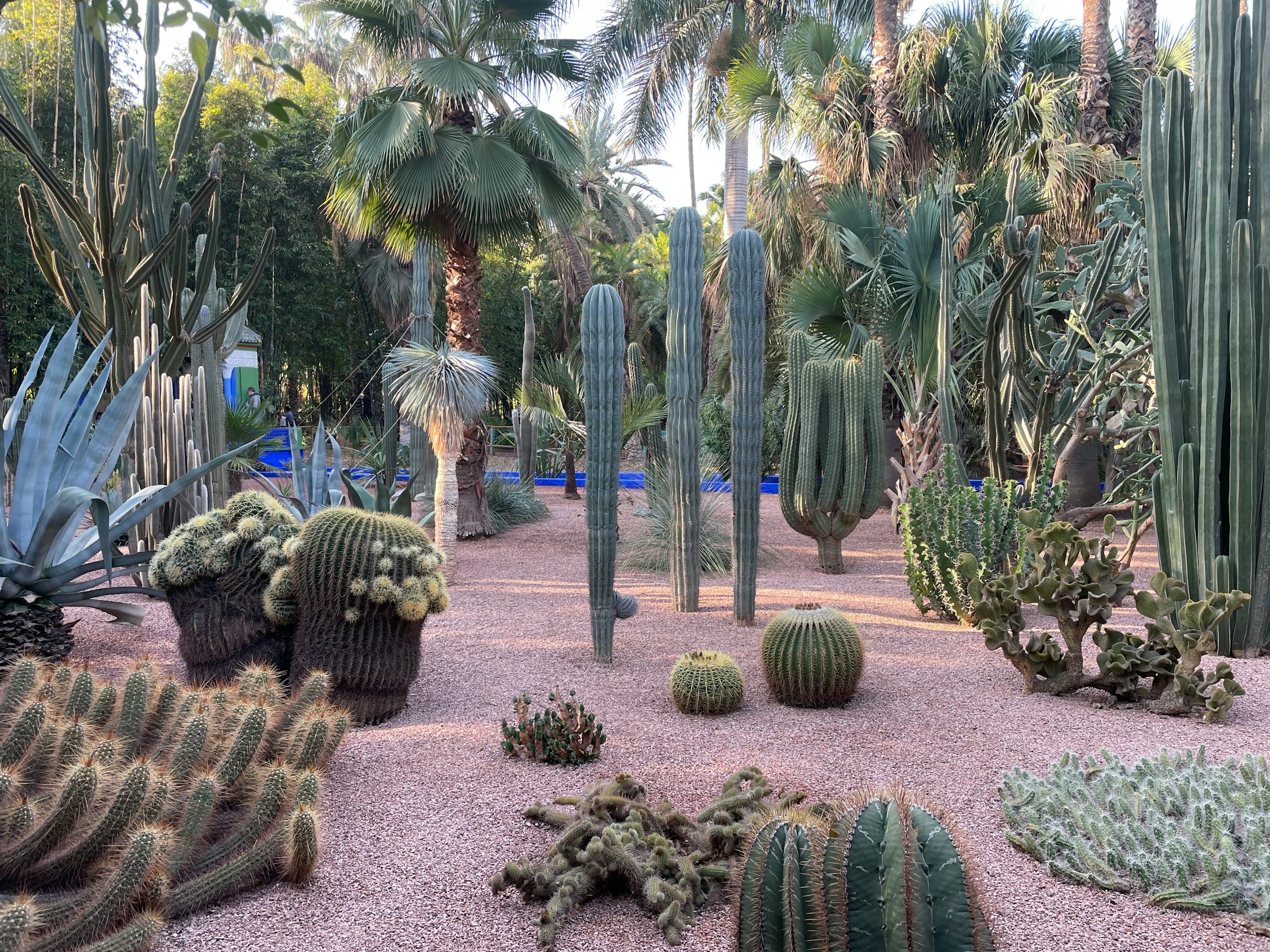Creating a garden that is both beautiful and sustainable, particularly in Brighton with its drought-prone conditions, requires strategic planning and informed choices. By focusing on water conservation and selecting plants that thrive in this environment, you can achieve a vibrant garden while minimizing your ecological footprint. This guide aims to provide you with practical tips and knowledge to help you design an eco-friendly garden that conserves water in Brighton.
Understanding the Soil and Climate Conditions
Before diving into plant selection and garden design, it’s essential to understand the soil and climate conditions of your garden. Brighton’s drought-prone areas require a unique approach to gardening due to the arid climate and often poor soil structure.
Lire également : What are the best strategies for creating a child-friendly garden in a family home in Birmingham?
Brighton typically experiences dry seasons with limited rainfall. The soil in these areas can be sandy, rocky, or clay-heavy, affecting its ability to retain water. To counteract this, consider the following:
- Soil Testing: Conduct a soil test to determine its pH level and nutrient content. This helps in selecting plants that will thrive in your soil conditions.
- Improving Soil Structure: Enhance soil structure by adding organic matter such as compost. This improves soil water retention and provides essential nutrients.
- Well Drained Soil: Ensure good drainage to prevent waterlogging, which can harm plant roots. Raised beds or well-drained soils can be beneficial.
By understanding and improving your soil conditions, you’ll create a solid foundation for your garden, paving the way for healthy plant growth.
A lire aussi : Spain real estate prices: trends and insights for 2024
Choosing Drought-Tolerant Plants
Selecting drought-tolerant plants is crucial for a sustainable garden in Brighton. These plants require minimal watering and adapt well to arid conditions. Some excellent choices include:
Native Plants
Native plants are naturally adapted to the local climate and require less water and maintenance. In Brighton, consider these options:
- Blue Grama: A hardy grama grass with blue foliage that thrives in full sun and well-drained soils.
- Acacia Implexa: Known for its low maintenance and resilience, this tree has green leaves and grows well in drought conditions.
- Eucalyptus Caesia: This tree boasts attractive green foliage and tolerates dry spells.
Ground Covers
Utilizing ground covers can significantly reduce water evaporation from the soil. Some effective drought-tolerant ground covers include:
- Sedum: A succulent that requires minimal watering and adds texture to your garden.
- Lantana: Known for its vibrant blooms and ability to thrive in hot conditions.
Herbs and Perennials
Certain herbs and perennials are well-suited for drought-prone areas:
- Lavender: This aromatic herb is not only beautiful but also highly tolerant of dry conditions.
- Yarrow: With its delicate flowers and drought resistance, yarrow is an excellent choice for adding color to your garden.
By selecting plants that are naturally adapted to Brighton’s drought-prone environment, you’ll create a garden that thrives with minimal water usage.
Efficient Irrigation Techniques
Efficient irrigation is key to conserving water in your eco-friendly garden. Traditional watering methods can lead to wastage and poor plant growth. Consider these innovative techniques to optimize water usage:
Drip Irrigation
Drip irrigation delivers water directly to the plant roots, reducing evaporation and ensuring efficient usage. This method is particularly effective for gardens with varying soil types and plant needs.
Mulching
Applying a layer of organic matter such as straw, wood chips, or compost around your plants helps retain soil water and reduces water evaporation. Mulching also improves soil structure and suppresses weeds.
Rainwater Harvesting
Collecting and storing rainwater is an excellent way to supplement your watering needs. Install rain barrels or a rainwater harvesting system to capture runoff from roofs and other surfaces. This stored water can be used during dry spells, reducing your reliance on municipal water sources.
Timing and Frequency
Watering your plants at the right time and frequency is crucial. Early morning or late evening watering minimizes evaporation, while deep and infrequent watering encourages deeper root growth and improves plant resilience.
By implementing these efficient irrigation techniques, you’ll conserve water and promote healthier, more robust plant growth in your garden.
Designing a Water-Wise Landscape
Creating an aesthetically pleasing garden that conserves water involves thoughtful design and plant placement. A well-designed landscape not only enhances the beauty of your garden but also maximizes water efficiency.
Zoning and Grouping
Group plants with similar water needs together in zones. This ensures that each zone receives the appropriate amount of water, preventing over-watering or under-watering. For example, place drought-tolerant plants like blue grama and sedum in one zone, and water-loving plants in another.
Hardscaping
Incorporate hardscaping elements such as gravel, rocks, and pathways to reduce the amount of area that requires watering. These elements add visual interest and create a balanced landscape design.
Shading and Windbreaks
Strategically place taller plants or trees to provide shade and reduce water evaporation from the soil. Windbreaks, such as hedges or fences, can also protect your garden from drying winds.
Groundcover and Green Foliage
Utilize ground covers and green foliage to minimize bare soil exposure. This reduces water evaporation and helps maintain consistent soil moisture levels.
By incorporating these design principles, you’ll create a visually appealing and water-efficient garden that thrives in Brighton’s drought-prone conditions.
Planning an eco-friendly garden that conserves water in Brighton’s drought-prone areas requires a combination of understanding soil and climate conditions, selecting drought-tolerant plants, implementing efficient irrigation techniques, and designing a water-wise landscape. By following these guidelines, you can create a sustainable garden that not only conserves water but also flourishes with minimal maintenance. Embrace the challenge of gardening in arid conditions and transform your outdoor space into a resilient, beautiful sanctuary.











